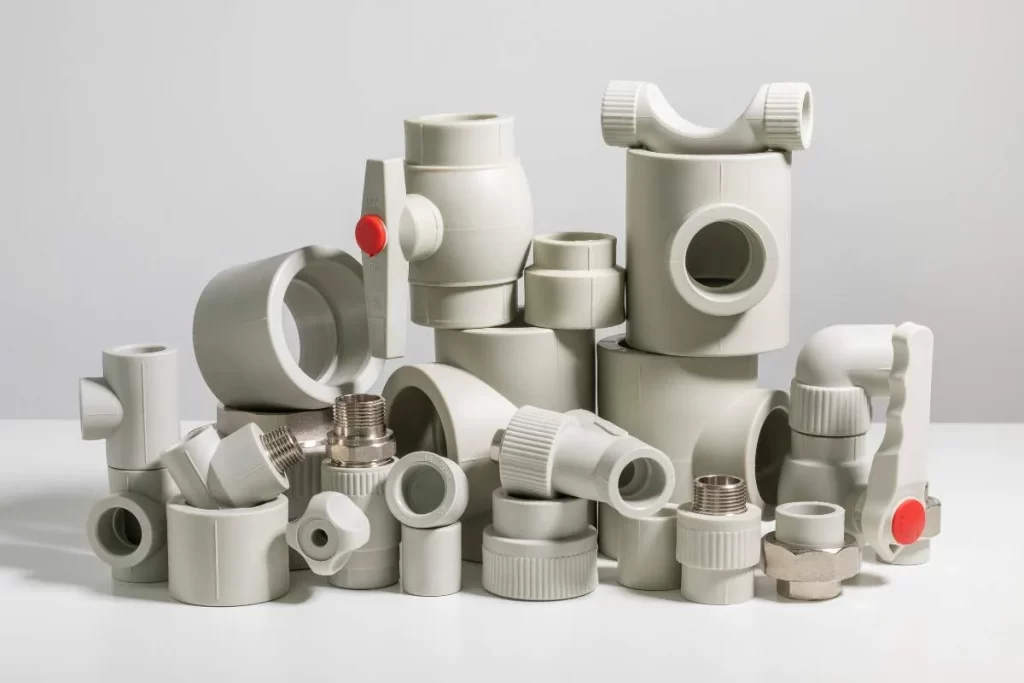PVC (Polyvinyl Chloride) pipe fittings are essential components in plumbing, irrigation, and industrial piping systems. Producing these fittings with precision requires specialized molds and molding techniques. This guide explores the techniques used in manufacturing PVC pipe fitting molds and the key considerations for ensuring quality and efficiency.
1. Overview of PVC Pipe Fitting Molds
PVC pipe fitting molds are precision-engineered tools used in the injection molding process to create various pipe fittings such as elbows, tees, couplings, reducers, and more. These molds shape molten PVC material into desired geometries under high pressure and temperature.
2. Techniques for Manufacturing PVC Pipe Fitting Molds
a. Injection Molding
Most common method for PVC fitting production.
Molten PVC is injected into a closed mold cavity under high pressure.
Offers high accuracy, repeatability, and efficient cycle times.
Suitable for mass production of fittings with consistent quality.
b. Extrusion Blow Molding (for specific fittings)
Less common for pipe fittings but used when hollow shapes or large diameters are needed.
The molten PVC is extruded into a parison, which is then clamped into a mold and inflated.
c. Compression Molding
Used occasionally for large-sized fittings or when dealing with thermoset variants.
PVC powder or compound is compressed in a heated mold to form the shape.
3. Mold Design Considerations
a. Material of the Mold
Typically made from hardened tool steel or pre-hardened P20 steel.
For longer life and corrosion resistance, stainless steel may be used in critical areas.
b. Cooling System Design
Efficient cooling channels are vital for minimizing cycle time and maintaining dimensional stability.
Water or oil-based cooling systems are integrated into the mold.
c. Cavity Configuration
Single cavity molds for large-sized fittings or small batch runs.
Multi-cavity molds for small-to-medium-sized fittings for higher productivity.
d. Ejection Mechanism
Must be designed to remove parts without damaging thin walls or complex geometries.
Can include ejector pins, air ejectors, or stripper plates.
e. Gate and Runner System
Ensures smooth and uniform flow of molten PVC.
Proper design avoids weld lines, air traps, and flow marks.
4. PVC Material Behavior in Molding
PVC is sensitive to temperature; it decomposes at high temperatures and releases corrosive gases.
Requires precise temperature control and specialized screws or barrels in the injection machine.
Use of stabilizers and lubricants in the compound enhances processability.
5. Common Types of Pipe Fittings Molded
Elbows (90°, 45°)
Tees (equal and reducing)
Couplings
Reducers
End caps
Bushings and adaptors
Each type demands unique core and cavity configurations and sometimes complex collapsible cores for internal threads.
6. Quality Control and Maintenance
a. Inspection Criteria
Dimensional accuracy
Surface finish
Wall thickness uniformity
Leak testing for pressure integrity
b. Mold Maintenance
Regular cleaning and lubrication to prevent wear.
Corrosion control due to PVC’s chlorine content.
Monitoring for tooling wear and replacing worn components timely.


